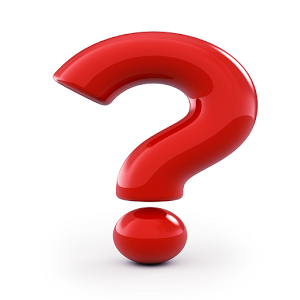
Types of Dog Hair
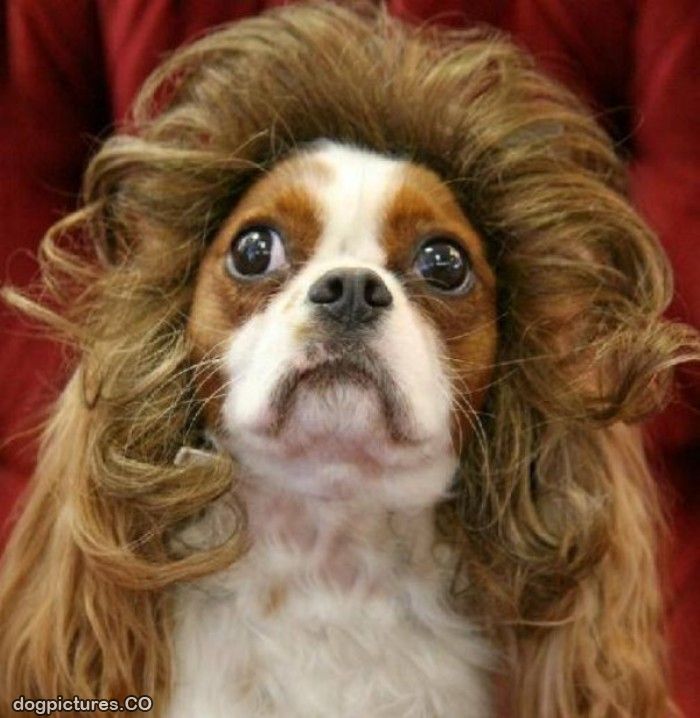
Grooming is a major part of keeping your dog looking and feeling healthy. A matted coat can harbor all different kinds of skin conditions and will many times keep a problem from being noticed until it is too late. Also, a dull or balding coat can be indicative of specific medical conditions, and regular coat inspections via grooming will allow you to notice when there is a change in your dog's coat. Making sure every part of his body is kempt is also very important.
The five general categories of dog hair types are the following: Smooth Coat , Medium Coat , Long Coat , Wire Hair/Broken Coat , and Wavy Coat .
Different hair types require different care, so to provide the best care possible for your dog, you must first determine what type of coat he has.
Smooth-Coat Dog Hair
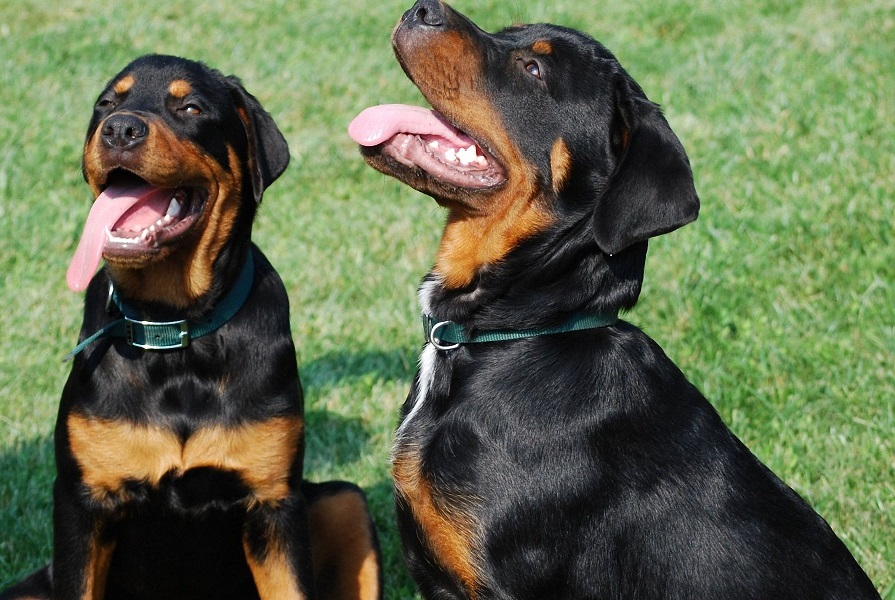
Click and go to: Dog Hair Categories
A smooth coat is sleek and shiny. Dogs with a smooth coat look almost like they are covered with a skin rather than fur. The following are some popular smooth-coated breeds:
Basset Hound
Beagle
Boston Terrier
Boxer
Bulldog
Dalmatian
Great Dane
Greyhound
Labrador Retriever
Miniature Pinscher
Pug
Rottweiler
Weimeraner
Smooth-coated breeds make great pets for people who don't have a lot of time to devote to grooming, because smooth coats are very easy to groom. They require nothing beyond brushing and an occasional bath.
While smooth-coated dogs don't need to be brushed every day, you should give your dog a good brushing as often as you can. In addition to helping to keep the oil evenly distributed over the coat and making sure the coat is free of shed hairs and dirt, brushing your dog is also a great way to bond with him. He will enjoy both the feeling of being brushed and the pleasure of spending time with you.
The basic tool you'll need for grooming a smooth coat is a bristle brush. To start brushing, follow the direction of the hair growth. Work your way from the head back toward the tail, using just enough pressure to stimulate the skin. Be especially careful when brushing your smooth-coated dog's belly and undersides.
Medium-Coat Dog Hair
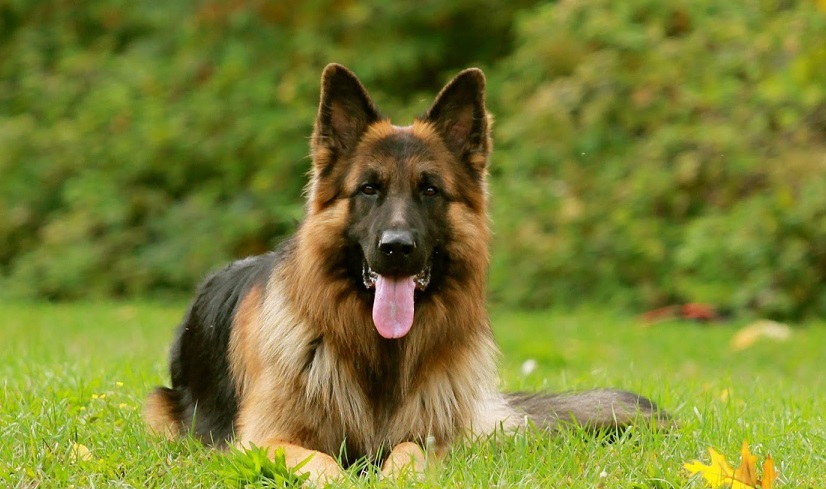
Click and go to: Dog Hair Categories
A medium coat is generally longer than one inch, but still looks quite short. The following are some common medium-coated breeds:
Akita
Australian Shepherd
Border Collie
Brittany
Cavalier King Charles Spaniel
German Shepherd
Golden Retriever
Great Pyrenees
Pembroke Welsh Corgi
Saint Bernard
Siberian Husky
Medium-coated breeds are also relatively easy to groom, as their coats generally don't get extremely dirty or develop mats. Some medium-coated breeds may require an occasional trim on the neck, ears, face, or feet, but generally, a good weekly brushing and a monthly grooming session will suffice.
As part of your dog's monthly grooming session, give him a bath, and then, make sure he is completely dry. You can let him air dry, towel dry him, or even use a blow dryer on a low heat. Once he's dry, use a clipper or scissors to neaten the outline of his coat. Never clip for too long without stepping back and taking a look at your work! Medium coats don't require much trimming, so it's easy to over trim.
Long-Coat Dog Hair
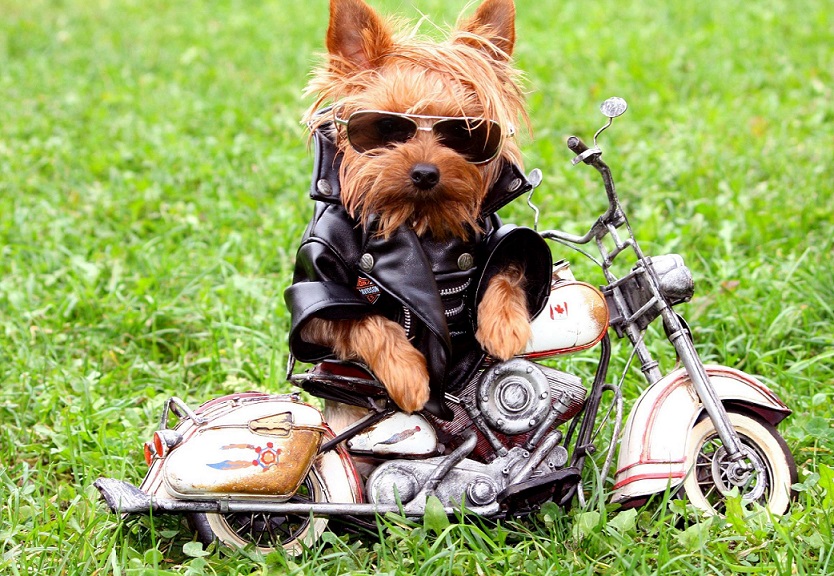
Click and go to: Dog Hair Categories
Long-coated breeds can be divided into the following three categories: long parted coat, long-coated small dog, and long-coated large dog. Each type has slightly different grooming requirements.
Long Parted Coat
Dogs with a long parted coat have long hair that should be parted in a very straight part along their back. Many people say that parting this kind of coat is the most difficult part of the grooming process.
After you have bathed a dog with a long parted coat, towel dry and then blow dry it to keep it free from tangles. Once the coat is dry, stand behind the dog and place the tip of a comb just over the nose. Then, moving very slowly, comb over the crown of the head, down the neck, and back to the base of the tail, moving the hairs to the proper side to form the part as you go along. Once the part is perfectly straight, spray the entire coat with conditioner to set it.
There are only eight breeds that fall into this category:
Afghan Hound
Lhasa Apso
Maltese
Skye Terrier
Shih Tzu
Silky Terrier
Tibetan Terrier
Yorkshire Terrier
Long-Coated Small Dogs
The long-coated small dog's hair is not parted along the back, but can still be quite challenging to groom. These breeds should be groomed daily.
After you've given your small dog a bath, towel dry his coat and then blow-dry it to avoid tangling. While blow drying, use a pin brush to continually brush and fluff. When the hair is completely dry, use scissors (or an electric clipper) to trim your dog's underside, clipping with the lay of the hair. Then, trim his paw pads and feet so the hair just reaches the ground around the paw. Finish by brushing and combing the hair on your dog's head and face.
The following are some popular long-coated small dogs:
Havanese
Chinese Crested
Pekingese
Pomeranian
Long-Coated Large Dogs
The grooming requirements of long-coated large dogs are similar to those of long-coated small dogs. The only real difference is that long-coated large dogs are more likely to spend time outside, so they will probably have more dirt and tangles in their coat.
To groom your long-coated large dog, give him a bath and then towel dry his coat. Then, thoroughly blow-dry his entire coat, working with a pin brush at the same time, brushing and fluffing, making sure not to miss any tangles or snags. Clip your dog's undersides and paws with scissors, and then brush and comb the hair on his face and head.
The following are some examples of popular long-coated large dogs:
Bearded Collie
Chow Chow
Cocker Spaniel
Irish Setter
Newfoundland
Old English Sheepdog
Saint Bernard
Samoyed
Wire Hair/Broken Coat
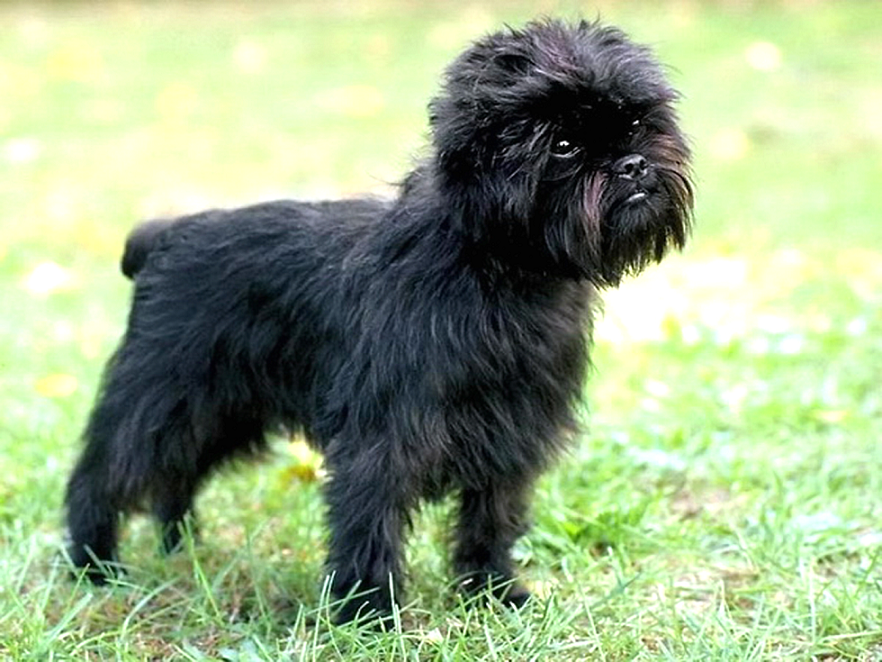
Click and go to: Dog Hair Categories
Wire (or broken) coats are not supposed to be soft and silky, like the coats of most other dogs. A properly groomed wire coat will be rough and bristly. The wire coat does not shed, which makes wirehaired breeds good choices for some allergy sufferers.
The following is a list of some common wirehaired breeds:
Affenpinscher
Border Terrier
Brussels Griffon
Dandie Dinmont Terrier
Irish Terrier
Otterhound
Scottish Terrier
West Highland White Terrier
The best way to groom a wirehaired dog is by plucking out any unruly hairs, using your fingers or a stripping knife. By plucking out old, dull hairs, you will stimulate your dog's skin and allow healthy new hairs to grow in. This procedure can be time-consuming, but it's the best way to keep your pup looking sharp.
There are two methods for this hair removal: taking the coat down or rolling the coat. Taking the coat down means plucking your dog's entire coat all at one time. This method is normally used by owners who plan to show their dogs, as taking the coat down several months before a show can ensure that your dog's coat will be in perfect condition for the event. Rolling the coat means plucking small amounts of hair at a time, just whenever you see some strays or think a plucking is necessary. Rolling the coat is the more commonly used method, since most people can more easily spare five minutes than an entire afternoon.
To pluck, begin by using your non-dominant hand to hold the skin taut in the area where you will first be removing hair. If you find it difficult to get a good grip on the hair, sprinkle some grooming powder over the section. With your dominant hand, hold just a few hairs at a time, pulling them down and straight out in the direction of hair growth.
Wavy Coat Dog Hair

Click and go to: Dog Hair Categories
The wavy coat is characterized by curls, which is why it is often referred to as the curly coat. This type of coat tangles and knots easily and has a tendency to become dry. Before brushing your wavy-coated dog, you should always spray him with some sort of conditioning spray to avoid breakage.
While wavy coats can be difficult to maintain, this is not always the case. Trying to keep a wavy coat in tip-top shape is challenging, but not impossible. In fact, unless you plan to show your wavy-coated dog, his grooming should take up much less time than you probably anticipate. A monthly session with the clippers should be enough.
There are several different varieties of wavy-coated breeds, and some wavy-coated breeds stand on their own, so there are no hard-and-fast rules for grooming a wavy-coated dog. Before grooming, seek specific advice from a veterinarian or professional groomer on how to best groom your particular breed of wavy-coated dog.
The following are some examples of common breeds with wavy coats:
Bichon Frise
Curly Coated Retriever
Irish Water Spaniel
Komondor
Poodle
Portuguese Water Dog
Sources
[1] "Love That Pet"
[2] "Nylabone"
[3] " Cesar's Way"
[4] "DIY Dog Grooming"
[5] "Wahl"
Our Mobile Application
Check out Our Mobile Application "Dog Breeds Central"
